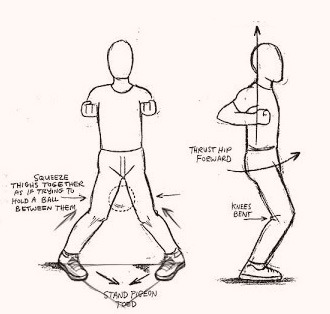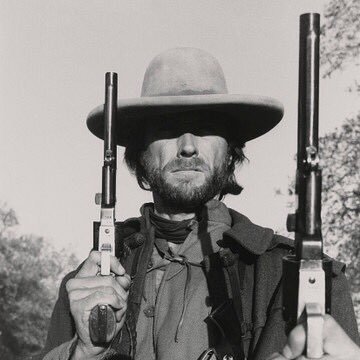It is unsurprising (to a degree) that people with a Yip Man wing chun background would tell you that the stance you pictured is wrong however it’s the classical wing chun stance, more or less.
And as for anyone with an understanding of Chinese medicine not recommending it, I am positive Sum Nung would disagree with that were he alive to hear it. He was more widely known as a Dr of Chinese medicine than he was for wing chun back in the day; and, as I have heard him explain with my own ears, if done correctly, it doesn’t close off any meridians or chi flow but opens them up. But, then I’m not a Dr in Chinese medicine. My sifu is (and he has never said anything about it closing off meridians either) but I’m not.
In terms of how you might achieve it….. with knee injuries it is doable, with arthritis? I don’t know.
To do the stance in something like the way it’s represented in the picture is a fairly long-term prospect. In Sum Nung wing chun I’d say for most men, even without carrying injuries, one could anticipate something to the order of 5 years of training to get it, that’s about what it took me as a youngster, working with two knee injuries. One knee was twisted, the not so bad injury, the other was kicked sideways to almost 90 degrees. I used to train 5 or 6 days a week so I did train quite a bit. Women tend to get the stance quicker and easier in my experience.
The way I teach the stance is that of course most people won’t be able to get even close to the correct structure at first; and it will feel very awkward and unnatural for a good while. It is something that takes time. A first you can’t sink down, you can’t get your knees in, you can’t get your hips forwards. Chances are you’ll tilt backwards, or alternatively you’ll slouch, perhaps even both, and you will have next to no stamina. So, it will be all wacky and out of shape and balance. But, provided you are taught by someone who knows not only how to do it correctly, but also how to teach it properly (two very different things in my opinion) they will keep you heading in the right direction. And that’s something to remember- it’s better to think of heading in the right direction or not, rather than thinking of it as doing it correctly or incorrectly.
What I teach is that a person should try to sink into it but constantly listen to what their joints are telling them. If there is any discomfort, much less pain, in any joints, particularly the knees and ankles, you should come up out of the stance. One should start off doing short but good quality (in terms of structure) sessions, and gradually increase the lengths of time one holds the stance. Keep in mind listening to the joints but try to push the time frame. Within this, keep in mind also that the muscles will develop strength and endurance faster than the joints develop to hold it. It is at this stage that your risk of overloading the joints can go up if you are determined to force through the discomfort to train harder. This is a mistake I made. I didn’t listen to my sifu when he kept reminding me to protect the joints (I was young and stupid, typical young guy thinking I could muscle my way through discomfort and pain- I couldn’t). Once I learned my lesson the hard way, I went almost back to square one and re-built it, this time actually listening to my sifu, and my joints.
After about 5 years I could sink down, knees in, toes in, hips forward and hold it for 2 hours easily. And what’s more, my knee injuries, one of which was so severe I could grab my ankle and wiggle my lower leg back and forth left to right to gross people out, seemed to recover. My knees hardly even ache any more after all these years. I certainly can’t wiggle my leg around like I used to, so it has definitely stabilised and strengthened. So, with knee injuries, my suspicion is that you would be able to do it. It might take longer, but provided you are careful, and you would have to be more careful than most people, and know what you are doing (learning from someone who knows what they are doing) it’s achievable. With the arthritis I don’t know however and can’t, therefore, comment on that.
As far as doing wing chun without being able to do the stance. Well that’s relative. Compared to someone who has an awesome stance, certainly then you would be at a disadvantage and have to find a strength you could cover deficiencies in your stance with. But if you can do it and get a fair bit of stability then why not? My sifu used to teach a guy who lost a leg (he had it run over by a tank) he was in his 50s when he started learning and he was great at wing chun; not so mobile, but he was rock solid on the one leg he had and his prosthetic.
Go for it.



